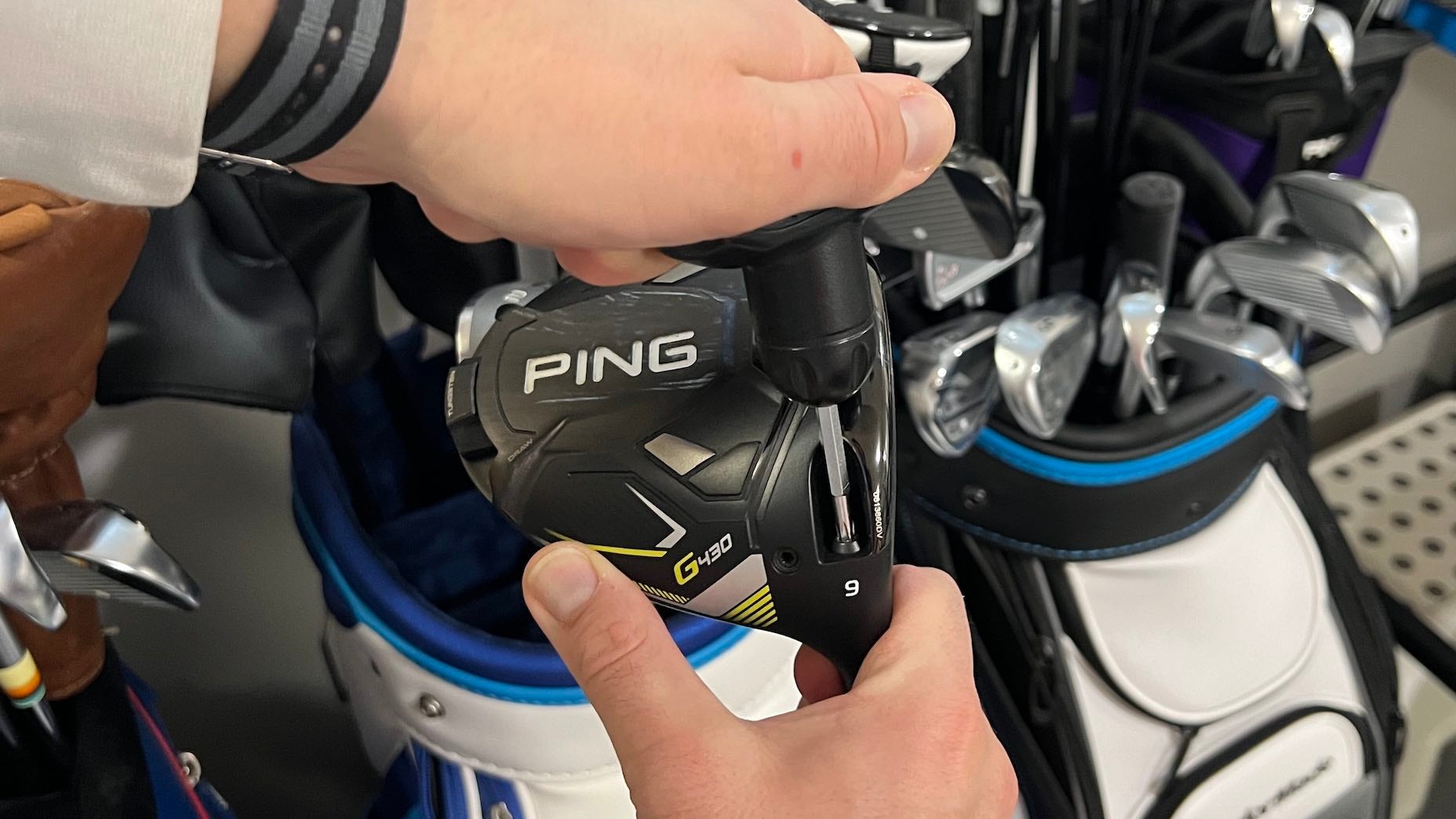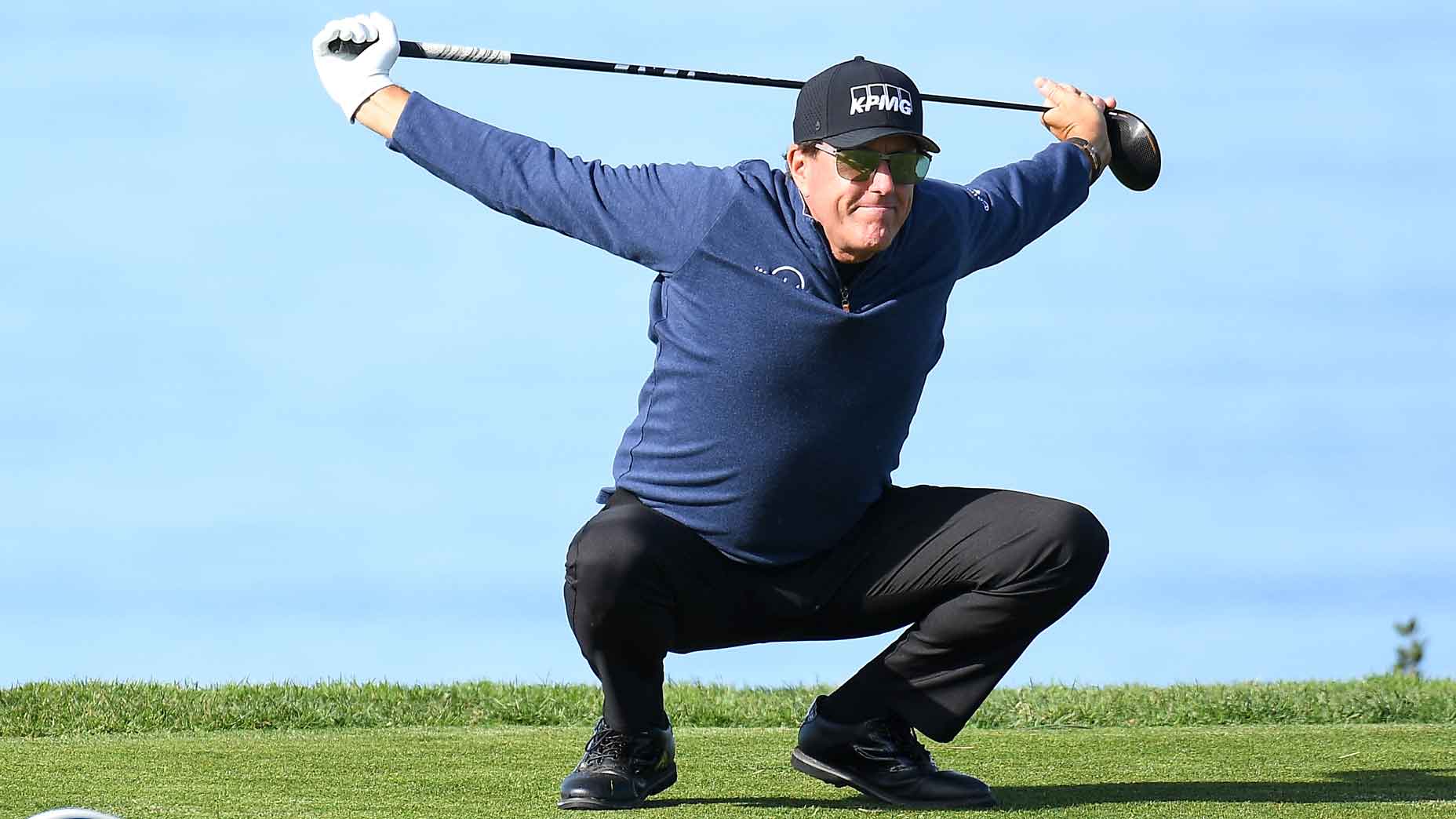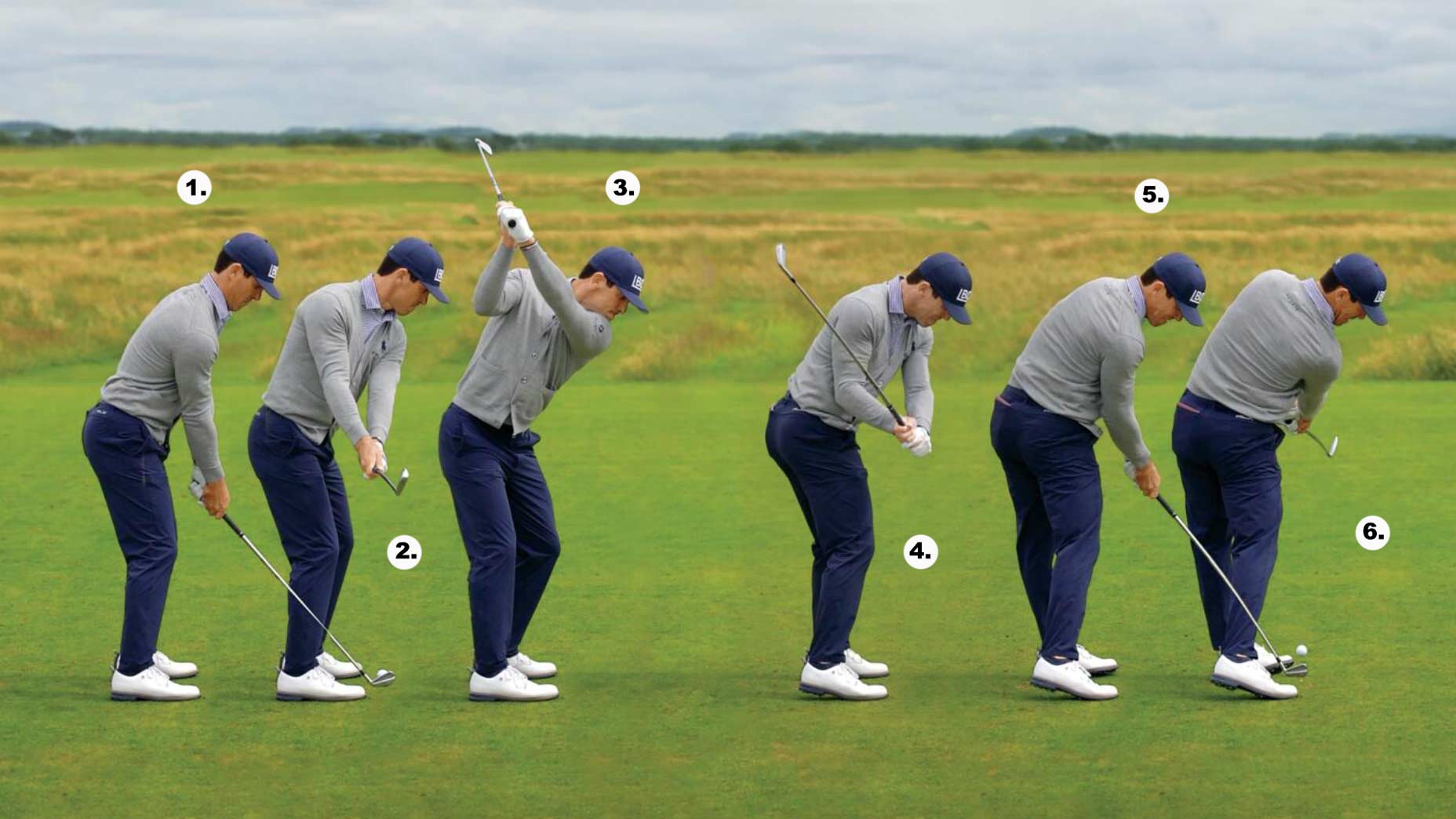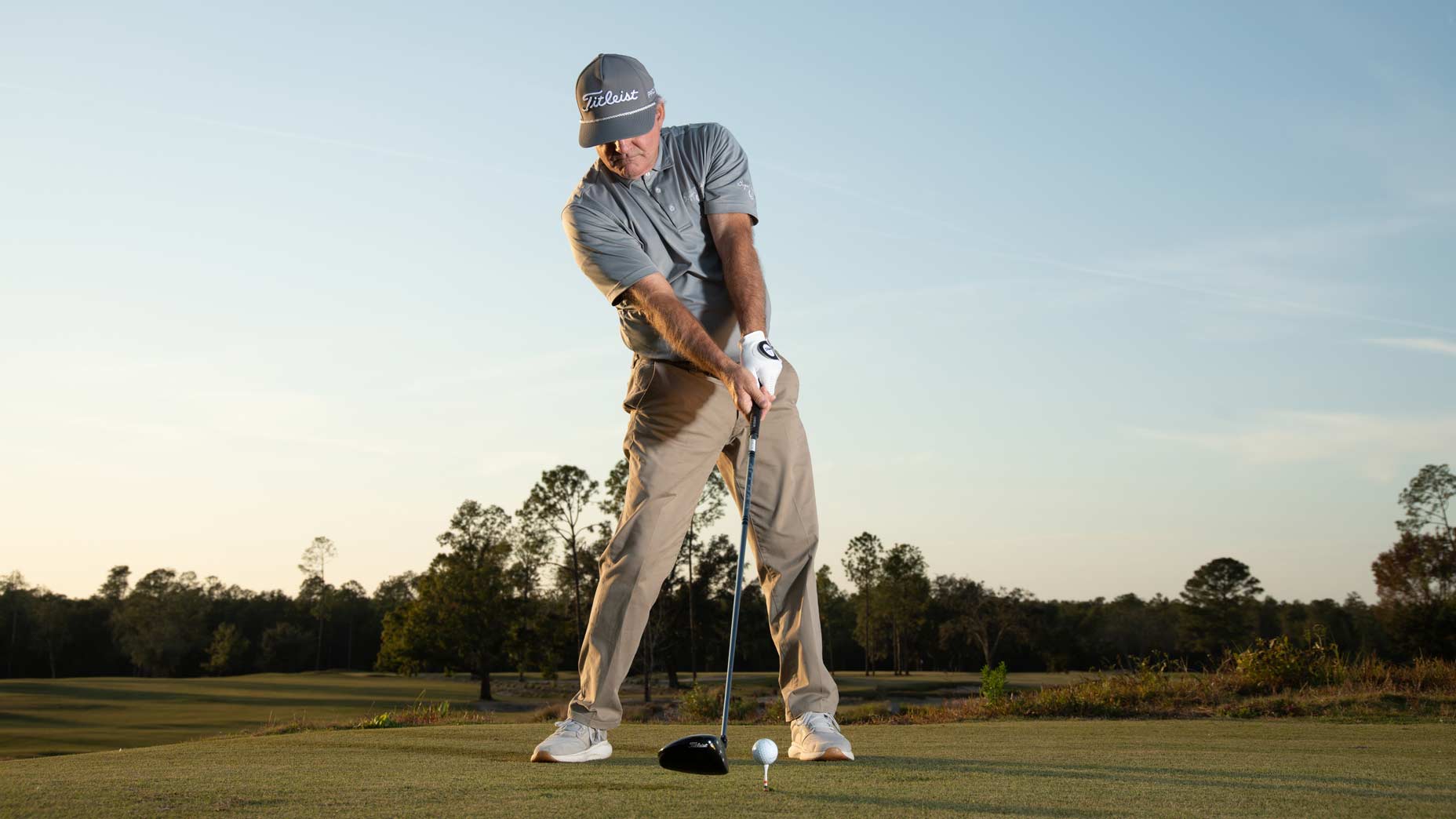It’s Opening Day!
For golf? Nah, for baseball. Still, this exciting day on the sports calendar also means that we’re getting close to golf’s unofficial opening day — i.e. your first round back after a long break. Those of you in warm-weather climes might not be familiar with an offseason, but for those of us in the north, it’s been a few months since we’ve gotten out on the course.
If you haven’t played since last season, you’ll likely have a little rust heading into your opening day. That’s where we come in. Ahead of the new season, we’ve put together the ultimate 5-point checklist for getting your game — and your gear — ready for the season ahead.
1. CHECK YOUR GAME
Your swing is probably a little different after the long winter layoff, and swinging a club might feel foreign. If this sounds like you, fret not. Here are a few things you can do to quickly get your game back into midseason form.
Stretch it out
First and foremost, you need to get your body ready to perform. After several months of limited activity, you probably won’t be able to perform the way you’re used to. To combat this, here are 5 exercises you can use to get your body in game-shape, courtesy of GOLF Top 100 Teacher Dave Phillips.
-Split stance lunges
This is a great exercise to stabilize the lower body and rotate the upper body, to get you warmed up for your backswing. From a standing position take a step out with your right leg in front of you and bend forward into a golf posture. Grab both ends of the club and make some turns from side to side. Then repeat with the opposing leg forward.
Phil Mickelson’s stretching routine will have you golf-ready in minutesBy: Jessica Marksbury
-Sweep the dust backswings
This body prep helps develop the correct shoulder motion in the backswing. Place a golf club or stretching pole across the shoulders, make some smooth, slow backswings focusing on the shoulders moving down and across as they rotate back. The feeling is as if you were sweeping the ground with your club across your shoulders.
-Torso turns on 1 leg
This exercise helps develop better balance or proprioception in your golf swing and builds more stability in your lower body. Start by standing on one leg and getting into a stable golf posture. Lift your lead leg and cross your arms over your chest. Trying to keep your lower body stable, begin to rotate your trunk back and forth and try to maintain balance. Repeat on the trail leg. This is great body prep if you sway or slide in your swing.
-Torso acceleration drill
This exercise helps develop a better sequence of motion between your upper and lower body and teaches you how to fire your oblique abdominals in your swing. Get in a good 5-iron golf posture with your arms crossed over your shoulders. While trying to limit your lower body from moving, take a full backswing keeping your shoulder plane from flattening out at the top. From here, return to the impact position, once again with little or no lower body motion. Finally, rotate your whole body through to the finish; once again maintaining a good stable posture and shoulder plane throughout.
-Torso topspin drill
This is a great wrist re-education exercise for the lead wrist. It will help teach you the proper release through impact in the golf swing. Grab a golf club, massage stick or dumbbell in your lead hand and get into a good golf posture. Make a short backswing and short follow through back and forth, making sure your lead wrist remains straight or slightly bowed (flexed) throughout the exercise. Make sure you turn your body as well throughout the movement.
2. CHECK YOUR FUNDAMENTALS
Solid fundamentals are the foundation of a good golf swing — and they’re also the first things to get sloppy after a long layoff. Before you head out for your first round, make sure you do a diagnostic check on the basics such as grip, alignment and posture. For more on that, check out this primer tune-up from Ben Crenshaw.
1. Grip
The first step — and paramount — is to review your grip. Since the grip is your only contact with the club, don’t settle for anything less than the best. Whatever type of grip you use, there are two essential points that are common to all good grips. First, your grip should promote a unified action of the hands. In your first experimental swings, check that your hands are working as a unit. Second, check that you have full control of the club throughout the swing. If you sense any unwanted movement of the club in your hands, have your grip checked out by your pro. Once the grip is correct, review your grip pressure. If it’s wrong, your timing will be upset. Basically, you should think of holding the club with equal pressure from both hands. The most common errors are gripping too tightly with both hands, which mostly leads to swinging too fast, or gripping too tightly with the right hand to the point that it takes over the swing.
2. Alignment
The second step — and the toughest, I think — is alignment. As a general rule, you want to position your feet, hips and shoulders parallel to the target line. But this is much easier said than done. So many times you think you’re square but in fact are aligned left or right of the target. This is why you should review your alignment constantly. One of the best methods of review is to use a full-length mirror. Look at yourself from the front and side views as well. The mirror will never fool you. What you see in the mirror is how you’ll stand up to the ball when you go to the practice tee. Another excellent way of checking your aim is to have a friend take a photo of your alignment in the instant before you hit a shot. The photograph won’t lie. You can also check your alignment by reading the flight of the ball. An oversimplified version: if the ball flies from left to right, you’re standing open; if from right to left, you’re standing closed.
3. Posture
The third step is posture. After a layoff you can tend to slump forward, head down, spine curved, and maybe legs straight. Bad posture, by itself, will ruin the swing. You should work on a good “ready” position — knees flexed, back nice and straight, chin up, and arms hanging freely from your shoulders. When I work on posture, I think of the two “Toms” — Tom Weiskopf and Tom Watson. They are marvelous models to emulate.
3. GET OR RENEW A HANDICAP
If you don’t have a Handicap Index, there’s no better time to sign up than before the season starts. Not only will a Handicap Index help gauge of the status of your game, it also allows you to play on a level playing field with your opponents. Best of all, it only takes a few minutes to sign up. You can register for your own Handicap Index here.
4. MANAGE YOUR EXPECTATIONS
If you haven’t played all winter, you likely aren’t going to set any personal bests the first round back. Don’t get too down on yourself if your game isn’t up to snuff early in the season — it’s completely normal. Instead, use the first few rounds back as an opportunity to diagnose your game. Take note of what you’re doing well and what needs work. Then, formulate a practice plan to shore up those weaknesses. It won’t belong before you’re back in midseason form.
5. DIAL IN YOUR GEAR
It’s also important you get your gear back in shape ahead of the new season. Check out below for a few tips on what you can do to make sure your gear is ready for another golf season.
Sort out your bag
If you’re like a lot of golfers and haven’t looked at your golf bag since Thanksgiving, there are probably a couple of pockets that will require some cleaning out and organizing.
Be sure to replace and top up those non-golf items like bandaids and pain relieves, and don’t forget about golf balls and tees. The start of the season is also a great time to get yourself a new glove, too. Last but not least, whether you carry a range finder or use some other distance-measuring device, a fresh battery or a full recharge will make sure you’re not the golfer in your group asking others for yardages all day.
This common golf-bag organizing mistake could be damaging your clubsBy: Ryan Barath
Get a grip
Our grips are the only connection we have with our clubs, so ensuring they provide the right amount of traction and comfort can go a long way. Although it might not be necessary to replace all of your grips at the start of every season, it’s certainly worthwhile to take some time to make sure they’re clean and provide the best traction possible.
Adjust your clubs
If you have purchased a driver or fairway wood in the last decade, there’s a good chance you have an adjustable wrench or two kicking around in one of the pockets of your bag. Equipment companies give these out for a reason, and if you haven’t used it in a while, take a few moments to make sure the adapter and any adjustable weights on your clubs are secure.

For those nervous about taking a wrench to their clubs for the first time: these wrenches are designed to release and click the moment you’ve reached the right amount of tightness, so you don’t have to worry about over-tightening. Just hear that click and you’ll know it’s locked in place.
Know your specs
Knowing how far you hit each club in your bag can instantly improve your scoring. Out-of-spec club lofts between irons and wedges can make it very difficult to hit the ball the distance you expect, and if your lie angles get out of whack, this can lead to poor dispersion.
It’s important to note that lie and loft angles aren’t going to change just because your clubs have been sitting around, but if you’ve been practicing inside, there’s a good chance the force you’re inflicting by repeatedly hitting it into a mat is going to alter how the club sits on the ground.
The start of the season is a great time to visit a club-fitter and get your iron and wedge specs checked for any issues, and if you haven’t been fit for clubs in a few years, it’s also a great chance to test some new clubs to see how your current equipment stacks up.














